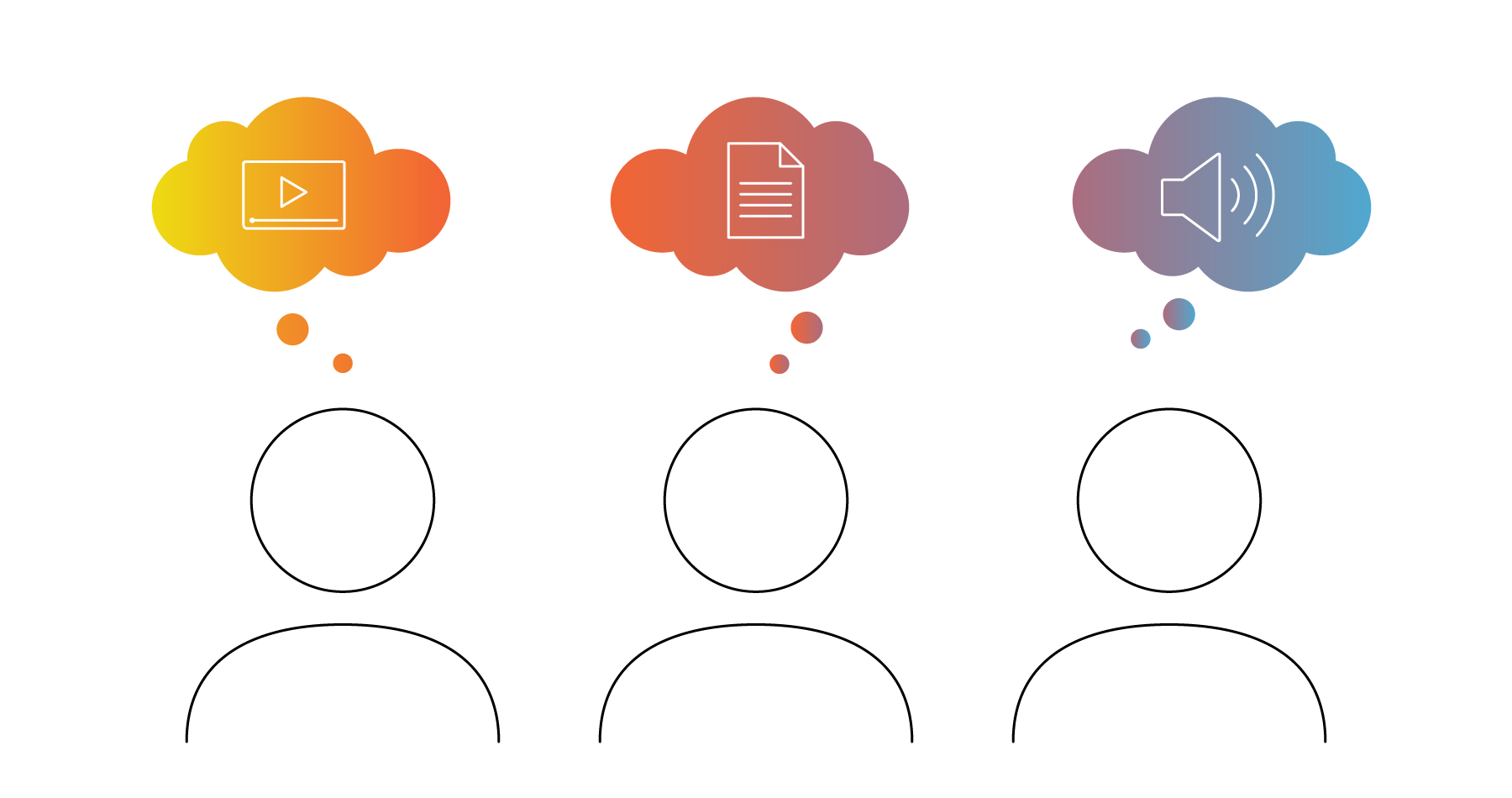Better Content Personalization with Video Analytics
Marketing

Individuals are constantly served information specific to their desires and interests. They’re recommended shows based on their viewing habits. They’re spammed with clothing ads specific to their style. So it’s no surprise that they expect content personalization throughout their buying journeys.
In fact, 80% of consumers are more likely to make a purchase when brands offer personalized experiences. And this phenomenon isn’t isolated to B2C or D2C brands. According to Evergage, 99% of marketers say personalization helps advance customer relationships, with 78% claiming it has a strong impact.
The age of AI has further accelerated the expectation of customized communication, and many organizations are trialing technology that permits personalization en masse.
Despite these advancements, marketers are still struggling to get accurate data flowing into CRM and automation platforms. Indeed, personalized campaigns remain a distant dream for many, with 40% of marketers stating one of their biggest pain points with personalization is related to data.
Yet the wealth of data that could be sourced from video is often left on the table, unactioned. Instead, marketers typically spend their time trawling through metrics on more traditional channels, unaware of the goldmine of insights they’re overlooking. Not that leveraging data for content personalization is easy, but video analytics is uniquely positioned to solve many of its challenges.
Data Limitations for Content Personalization
One of the critical considerations to highlight before pursuing personalization is that data has a few inherent limitations.
Data Accuracy
Companies are often too willing to assume their first-party data must be accurate given that it has been collected at the source. The truth, however, is that it often falls prey to common content management mistakes, like being inconsistently tagged and tracked.
Third-party data, as we all know, has its own limitations. Not only is it incredibly difficult to source in the GDPR time that we exist, it’s subject to increasing privacy restrictions. Between these and other factors, third-party data is frequently erroneous.
Getting personalization wrong because of data inaccuracy is worse than not deploying it at all. More people would never patronize your business again than ignore personalization mistakes.
Data Relevancy
Not all data is equally valuable for every purpose. Customer data tells you who your customers are, marketing data tells you how they like to be communicated with, and content data tells you what they like.
Customer and marketing data offers lots of personalization opportunities, from your customer’s name to their preferred channel. But if you’re not giving them the content they like, it’s like meeting them on a blind date after stalking their Facebook profile. Who wants to talk to a stranger who knows their name and email address?
When consumers say they want personalized content, what they mean is they want relevant content. Only content data can tell you what that is, and nothing does that better than video. Between play rates and engagement scores, video captures interest and intent better than any other content format.
Data Harmony
Data has to be collected, cleaned, stored, and harmonized with data points from other sources before it can be visualized in useful ways. Many companies do this manually, which is partly why first-party data is prone to error.
Brightcove, on the other hand, can harmonize all of your customer, marketing, and content data for you. Using the latest security and privacy standards, our suite of video analytics provides the kind of insights marketers need to effectively deploy personalization.
Video Opportunities for Content Personalization
The metrics you can garner from video are far more extensive than many marketers realize. Not only can you see what people watched, you can see how long they watched, where they navigated from, and at what point they stopped viewing. If you enabled interactivity, you can also see whether they engaged in interactive elements.
The possibilities for video analytics are vast and can be utilized for robust personalization opportunities across various marketing channels.
Recommended Content
Recommending similar content based on previously watched videos is one of the strategies that has made streaming services like Netflix so successful. This same methodology can be applied to B2C marketing.
For example, if someone has watched a product video, you could retarget them with related video content. User reviews of the product they viewed or alternative use cases for that product can be particularly effective. If they make it to the point of sale (POS), you could target them with other product recommendations to increase average order value (AOV).
You can also start to look at demographics of your existing customer base. Is a particular audience type engaging with specific videos? Trends in age, gender, or industry can be applied throughout your marketing efforts to recommend relevant content.
Win-back Programs
Win-back programs can include sequences and workflows that target disengaged customers based on their past purchases, combined with behavioral data on their content consumption. For B2B audiences, this data can be viewed in your CRM and accessed by BDR teams, allowing more informed prospecting, tailored to each organization.
Lookalike Segments
Creating lookalike segments of viewers with a high degree of content overlap is one of the most effective ways to personalize content. By analyzing purchase histories for product trends, you can cross-promote products based on what others purchased or create lookalike campaigns to reach new audiences. Interactive features can further measure reactions or offer opportunities to submit live feedback.
Employee Engagement
Video analytics also allows us to personalize our approach to HR and internal communications initiatives. We can understand the progress of employee video training, prompt them to re-engage when incomplete, offer suggestions for additional learning, and pull this into our HR management systems for continuous improvement purposes.
Video Technology for Content Personalization
The data accuracy, relevancy, and harmony needed for personalization can be tedious and time-consuming, but it doesn’t have to be.
Brightcove Segment Sync enables marketers to properly segment and action data derived from video engagement. With our platform and insights, you can build segments that can be automatically synced with CRM and digital marketing systems to create highly tailored communications.
The greater efficiencies this affords can give teams more time to focus on developing campaign messaging that resonates with specific audiences.
You can even go one step further and deploy interactivity within videos, allowing you to develop highly targeted one-to-many, one-to-few, or even one-to-one programs. With options for clickable overlays and video-to-video branching based on Segment Sync data, you are far more likely to break through the noise and capture their attention.
Furthermore, the data points interactivity captures can also be synced with your central systems. Alongside existing information you hold, tracking and analyzing this data can further magnify your insight into the customer.
Content personalization is pivotal to creating a good experience for the user, thereby increasing the effectiveness of the entire marketing funnel. And the numerous possibilities using video analytics can allow you to reach the right audience, with the right message, at the right time.



